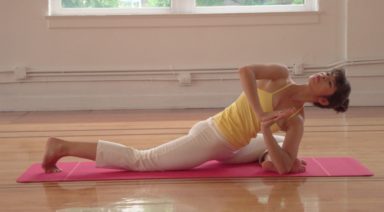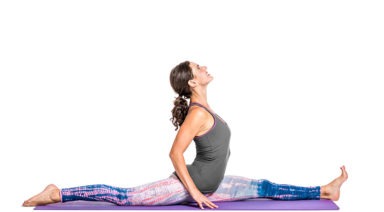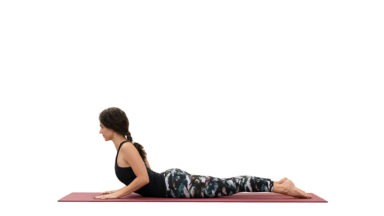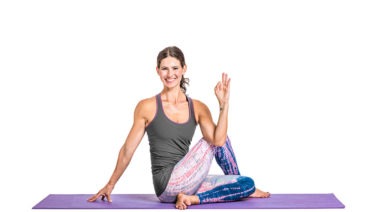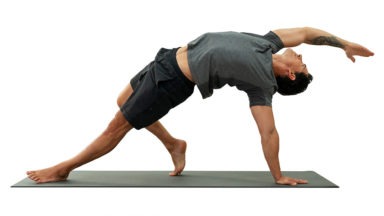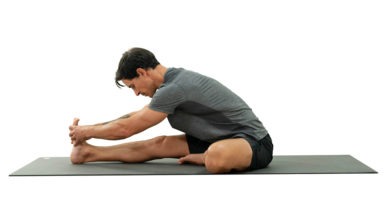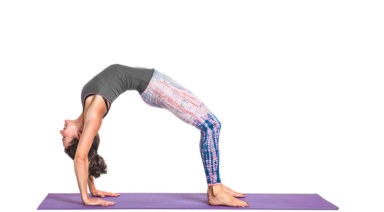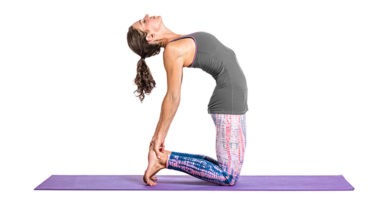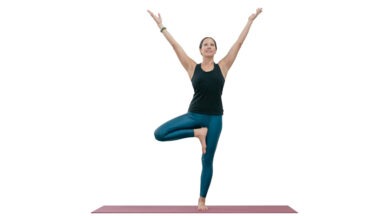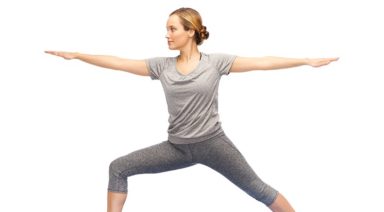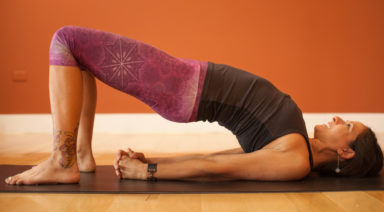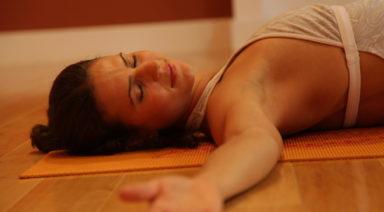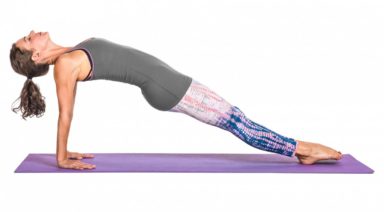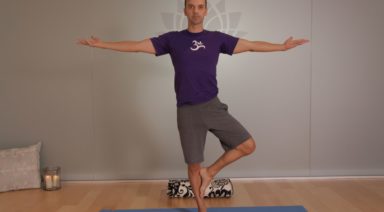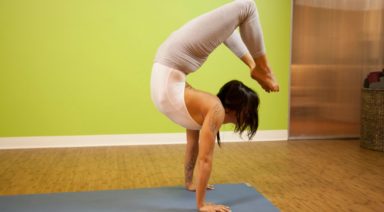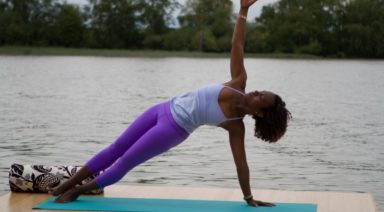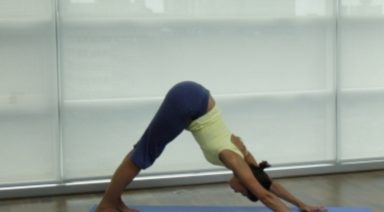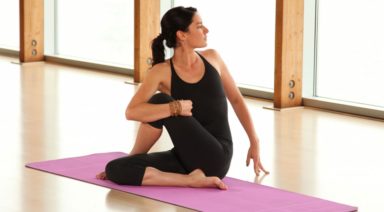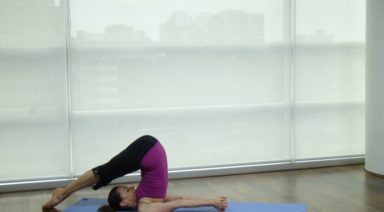Why Are Yoga Pushups (Chaturanga) So Difficult?
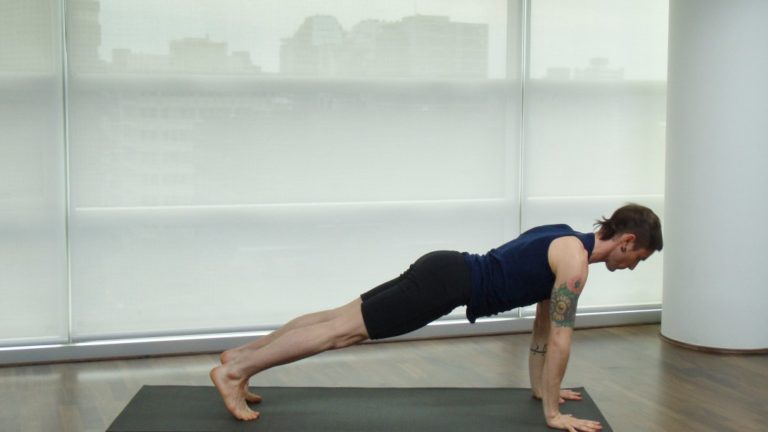
You start off your yoga flow with a wonderful period of calm centering following by an invigorating series of breath work. Your yoga teacher guides you into a light series of cat poses and eases you into mountain pose. Then, your teacher sets your stance for a vinyasa flow. You feel ready, full of confidence and awareness. You breath in, arms rise with grace. Then you exhale and fold mindfully into standing forward bend. You then inhale to extend the spine and prepare for your step back. Then, IT comes, the yoga pushup!
Chaturanga is a highly delicate pose to perform. Without proper strength and alignment, chronic injuries can easily develop. The sense of struggle with inadequate form also generates a negative energy feedback causing your overall practice to be lacking in benefits.
So what causes Chaturanga to be such a challenge?
5 key reasons why yoga pushups feel so difficult and some of the common alignment issues:
1) Yoga pushups are triceps-muscle dominant
The hand position from downward facing dog to chaturanga is a narrow arm stance. Due to the close (shoulder width) position of the arms, the chest muscles (which are the largest and strongest anterior upper body muscle group) are not able to effectively engage and support this pose. Therefore, the muscle loading is shifted to the much smaller and often much weaker (particularly for women) triceps and front shoulder muscles.
2) Yoga pushups can cause shoulder girdle destabilization
If the triceps and front shoulder muscles do not have sufficient strength to perform the pose and the transition to the floor, the body instinctively tries to incorporate the chest muscles. One of the actions of chest muscle contraction is internal rotation of the upper arm (humorous) bone. In a proper yoga pushup descent, we want the elbows and upper arms to be flush to the ribs. However, when the chest muscles are engaged to compensate for weak arms and shoulders, this internal rotation action from the chest muscles pulls the upper arms and elbows outwards. This often leads to the shoulder blades pulling forward, a ‘winging of the shoulder blades, and a cascading destabilization; all of which can lead to injury in the musculature supporting the shoulder girdle.
3) Yoga pushups can cause wrist compression injuries
The same internal rotation of the upper arm by the chest muscles carries down the arm. As the elbows flow outwards from the ribs, this pulls on the lower arm bone that transmits all the way into the wrist and hand. We often see an excessive ‘doming’ of the hands so much so that the index finger pads and thumb pads lift from the mat. This generates an imbalanced shift of weight to the outer wrist. With repeated improper wrist loading, chronic compression issues often surface.
4) Yoga pushups can promote spinal compression
As the shoulder girdle goes through destabilization, the musculature of the core is often neglected. This is presented as unwanted lordotic curvature of the spine as we hold Chaturanga and even more so during the pushup descent. For some, the gravitational load of the organs during this lordotic position can cause spinal compression. The other concern with this core collapse is the next yoga pose. Often Chaturanga is followed by upward facing dog pose or cobra pose. Without proper core and bandha engagement, the earlier collapse of the lower spine is readily taken into these back arches.
5) Let’s not forget about your head and neck
Most people already suffer from chronic neck tension issues. When we lose shoulder stability in Chaturanga and feel a flood of struggle, the immediate reaction is for the head to drop towards the floor. We watch the floor coming and instinctively want it to come faster. Our visual sense of the floor pulls our skull closer to the ground resulting in the loss of the neutral neck curvature. The neck, over repeated improper yoga pushups, develops body memory of this posture. When we are then in upright positions like sitting, the head chronically shifts forward. The neck musculature struggles to hold the head in this improper line with the spine and consequently develops more and more muscle tension.
So how do we modify yoga pushups to prevent these alignment issues?
- Before setting up Chaturanga and descending, set your hands wider (slightly broader than shoulder width). This will enable your chest muscles to engage without causing shoulder girdle destabilization.
- Always visualize your shoulder blades hugging into and down the ribs, thus retaining the integrity of the stabilization muscles.
- Maintain a continuous reaching motion down the index fingers, keeping the index finger pads grounded.
- Look slightly forward a few inches forward of your finger tips and visualize your head floating away from the ground. Keep a neutral neck line to support the upper spine.
- Contain your belly by maintaining mild abdominal contraction. Use your exhale to help promote contraction of the core musculature.
- Place your knees on the floor. Reduce the load on the upper body by placing some of your lower body weight on the ground. This is ideal especially when you decide to try the traditional closed hand variation and developing strength in the triceps muscles.
Yoga for Bridging Balance and Strength
Beginner Integral Strength Yoga Ball
8 Ways to Be Your Own Guru

No matter how we define a teacher or a guru—an expert, an enlightened person, or someone who challenges us to look at our own limiting beliefs—they’re ways we look for wisdom outside of ourselves. These kinds of teachers are no doubt powerful. But the most powerful source of wisdom is within. How do we activate our own inner teacher—our own inner guru—so we always have someone there for guidance and support?
The most powerful source of wisdom is within you. This is what I help every single person I work with realize—that they are infinitely powerful and the only thing getting in the way of that is surface stuff. When we clear the surface, it’s like polishing a rough stone into a diamond. Suddenly, you’re crystal clear, knowing exactly where to go and what to do next.
The most important work I do with people is helping them access their own inner guru. Here are eight ways to access yours:
Talk less, listen more. You can hear or see exactly where to go and what to do next if you give yourself permission to trust the non-verbal part of your brain. We’re all intuitive, and one of the most scientifically proven ways to tap into it is to listen to the non-verbal part of your brain: your body.
Deactivate fear. Fear comes mostly in the form of worrisome thoughts. And these come from the verbal part of our brain—this part of our brain processes less information per second than the non-verbal part of our brain. In other words, worries are “less informed” thoughts.
Lean into peace. Wisdom and truth feel like relief, like a great letting-go. It’s a wonderful sensation of “Ah, this is such a nice place to rest.” Every time one of my clients hears from their inner guru, they feel a sense of great peace and presence.
Trust yourself. Practice trusting yourself with small things, something less consequential where the decision won’t have a huge impact, but a small one. Something like saying no to an invitation to an event you don’t want to go to. Worry and fear says things like, “She’ll be upset if I don’t go,” or “I won’t be invited anymore.” Peace says, “Do what’s right for you, trust yourself, and all will be well.” Usually what happens in these cases is that everything works out, and you end up getting even more invitations because people are drawn to your confidence and self-esteem.
Trust the universe. Practice opting out of doing something just because you think something like “What will happen if I don’t?” Yoga philosophy has a term called Ishvara Pranidhana that basically means surrender to the universe. It doesn’t mean we never do anything, but we can surrender our attachment to achieving a particular outcome, and through that surrender and non-attachment receive something even greater.
Build your intuition. Next time you want to hear from your inner guru and you’ve already listened to your body, listen for words or watch for symbols. I like to imagine a blank slate and ask a question like “What should I do next?” Sometimes I see a symbol. Other times I hear a word or phrase—things like “Rest,” “Play,” or “Go bigger.” Other times an entire scene unfolds.
Trust your body. Intuition is fun and can give us more information, but first and foremost the first line of wisdom is your body. Your body is constantly guiding you, through sensations of tension and angst or ease and presence. Hint: ease and presence usually means “Go this way!”
Lean into grace. Listening to the guidance of your inner guru leads to choices that create a life filled with less striving and more receiving. Taoists introduce us to the concept of Wu Wei, doing without doing. Through heart-centred action and trusting the universe, things happen with ease. Miracles occur. It was either Yogi Bhajan or Wayne Dyer, depending on which source you choose, who said: “I don’t believe in miracles, I depend on them.” It doesn’t matter who said it, it’s a universal truth, and one that you get to experience firsthand when you start listening deep and choosing to believe.
Much love, and good luck!



